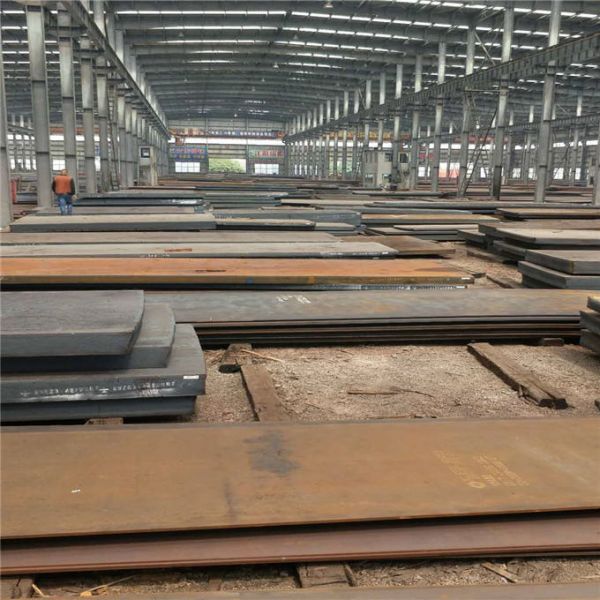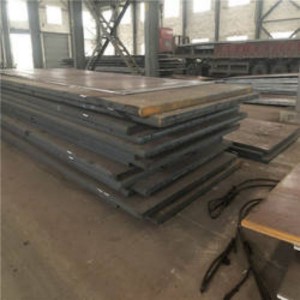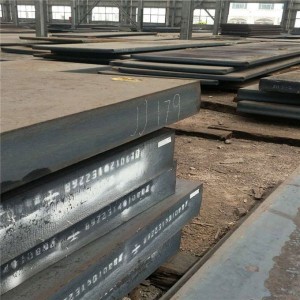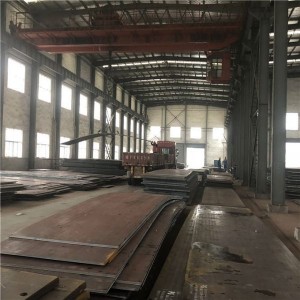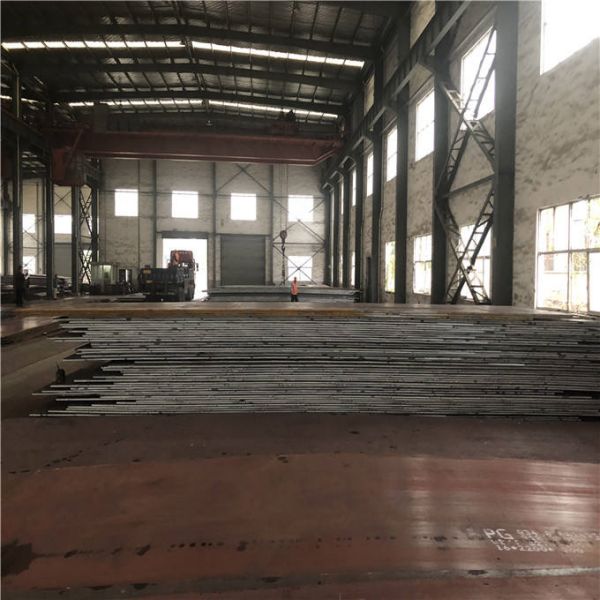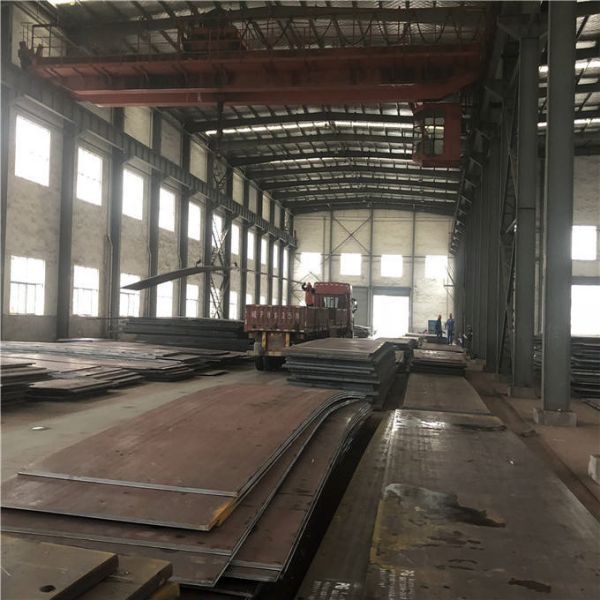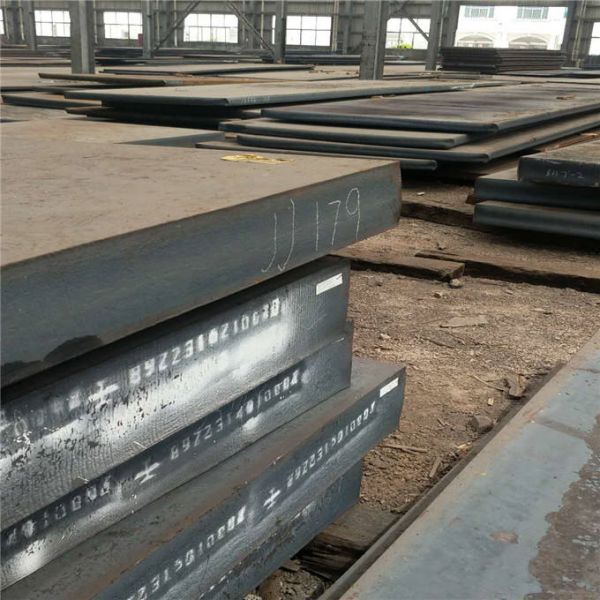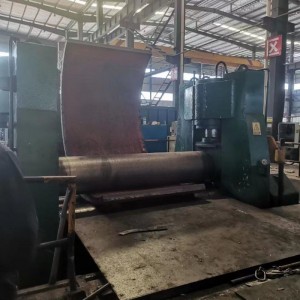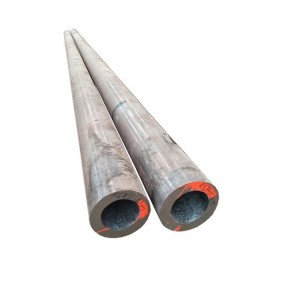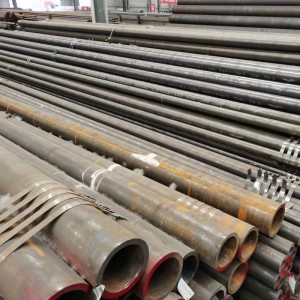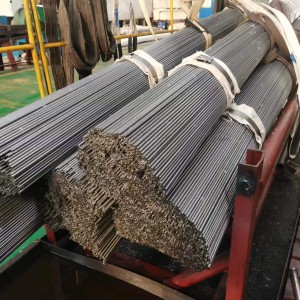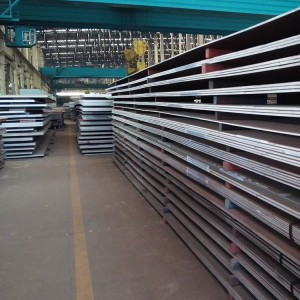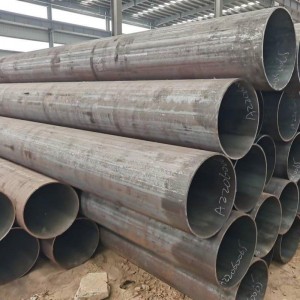High strength low alloy steel (HSLA) is a type of alloy steel that provides better mechanical properties or greater resistance to corrosion than carbon steel. High strength low alloy steel (HSLA) offer better environmental corrosion resistance and are more robust than convention carbon steel. HSLA is also extremely ductile, easy to weld, and highly formable. HSLA steels are not usually made to meet a specific chemical composition instead they are known to meet precise mechanical properties. HSLA plates have the potential to lower your material costs and increase payloads since the lighter material obtains the strength that is needed. Common applications for HSLA plates include railroad cars, trucks, trailers, cranes, excavating equipment, buildings, and bridges and structural members, where savings in weight and added durability are crucial.
16 mn is a major steel grade of high strength low alloy steel plate in most industries, The consumption of this type is very large. Its intensity is higher than the ordinary carbon structural steel Q235 by 20% ~ 30%, atmospheric corrosion resistance by 20% ~ 38%.
15 MNVN is mainly used as medium strength steel plate. It is featured with high strength and toughness, good weldability and low temperature toughness and is widely used in the manufacture of Bridges, boilers, ships and other large structures.
Strength level is above 500 Mpa, low carbon alloy steel plate is not able to meet the requirements, low carbon bainite steel plate is developed. Added with elements such as Cr, Mo, Mn, B, to help steel plate in forming bainite organization, makes it with higher intensity, plasticity and good welding performance, it's mostly used in high pressure boiler, pressure vessel, etc. Alloy steel plate is mainly used for building bridges, ships, vehicles, boiler, pressure vessel, oil pipelines, large steel structure.
